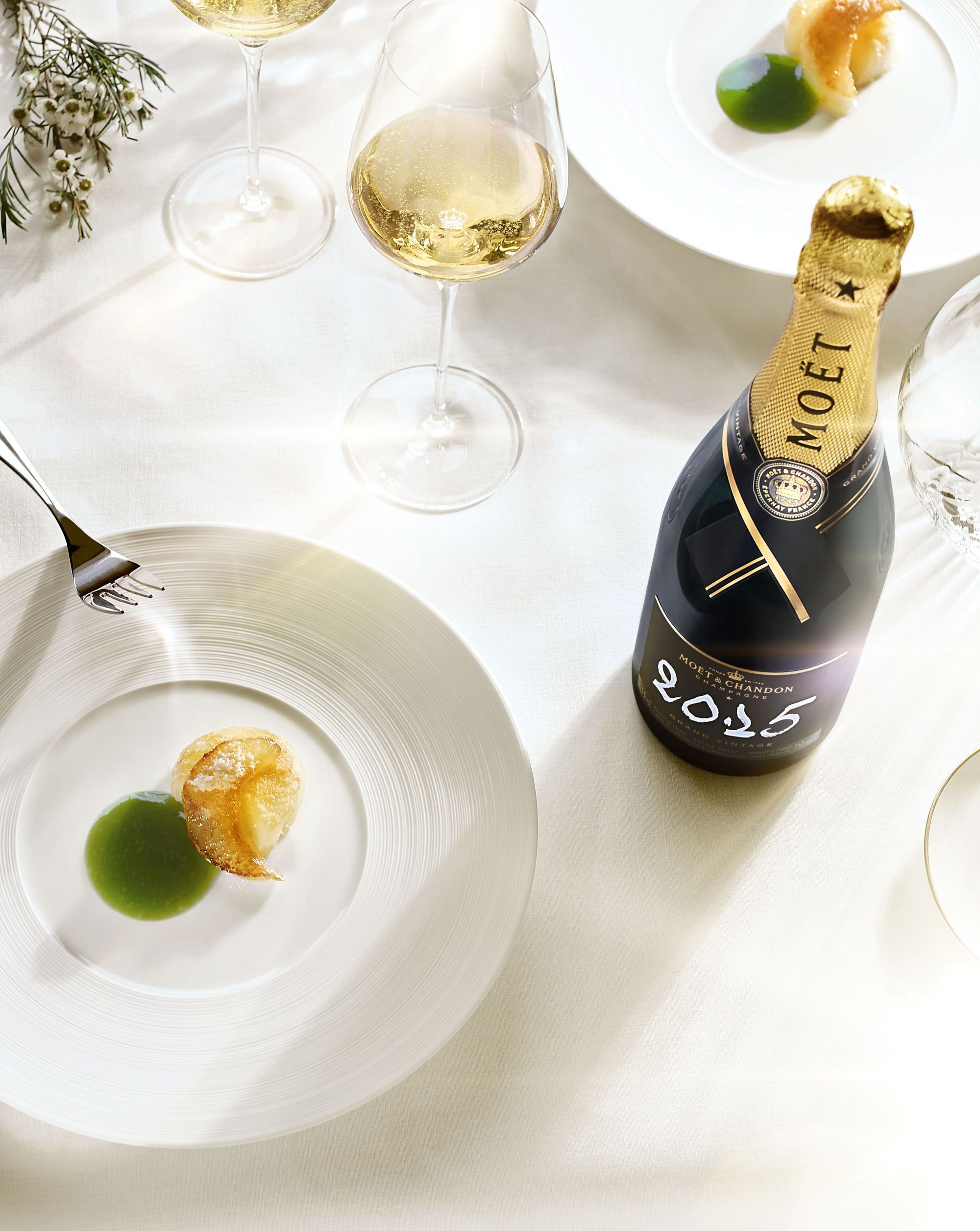Are sparkling wine consumers interested in super-premium brands? We asked Gábor Kacsóh, director of Fine Brands Company, about the Hungarian premium champagne market and the trends in Hungarian consumption habits.
Inflation and the economic crisis affect all social groups. Can a luxury product be a good investment in these challenging times? Is the demand falling or stagnating, or are there other anomalies in the market?
The world is constantly changing, and although we have some stable values, there are events that cannot be predicted. However, the appropriate response to unexpected events can mean more than mere survival; it can be seen as an opportunity for development. Demand for quality products has not declined at all; on the contrary, we think that „premiumization,” meaning the trend to consume more high-quality products, will remain a dominant feature in the coming years. The main drivers are the consumers’ quest for quality, the rise of super-premium and even ultra-premium products, and self-branding, which are, of course, dynamically interlinked. People often fulfill their desires and ambitions with the consumption of certain brands; we can see a clear shift towards higher-quality products in the beverage sector, for instance. I can mention as proof that the share price of Louis Vuitton Moët Hennessy (LVMH), the world’s leading premium fashion and beverage group, has almost doubled in the last five years.
The supply chain disruptions have little impact on French champagne producers, but they still must face some challenges. The Russian market disappeared or became very limited, and there is increasing consumer pressure on retailers. As a distributor, how do you see the situation?
The Fine Brands Company (FBC) is mandated for brand building and brand management in Hungary, so we focus on the domestic market. In recent years, Moët Hennessy’s product portfolio could barely keep pace with the growing Hungarian demand. An increasing variety of champagnes is available in the Hungarian market, but consumer demand grows faster than the expanding supply. This is particularly true for the end of the year, with demand soaring as the holiday season approaches.
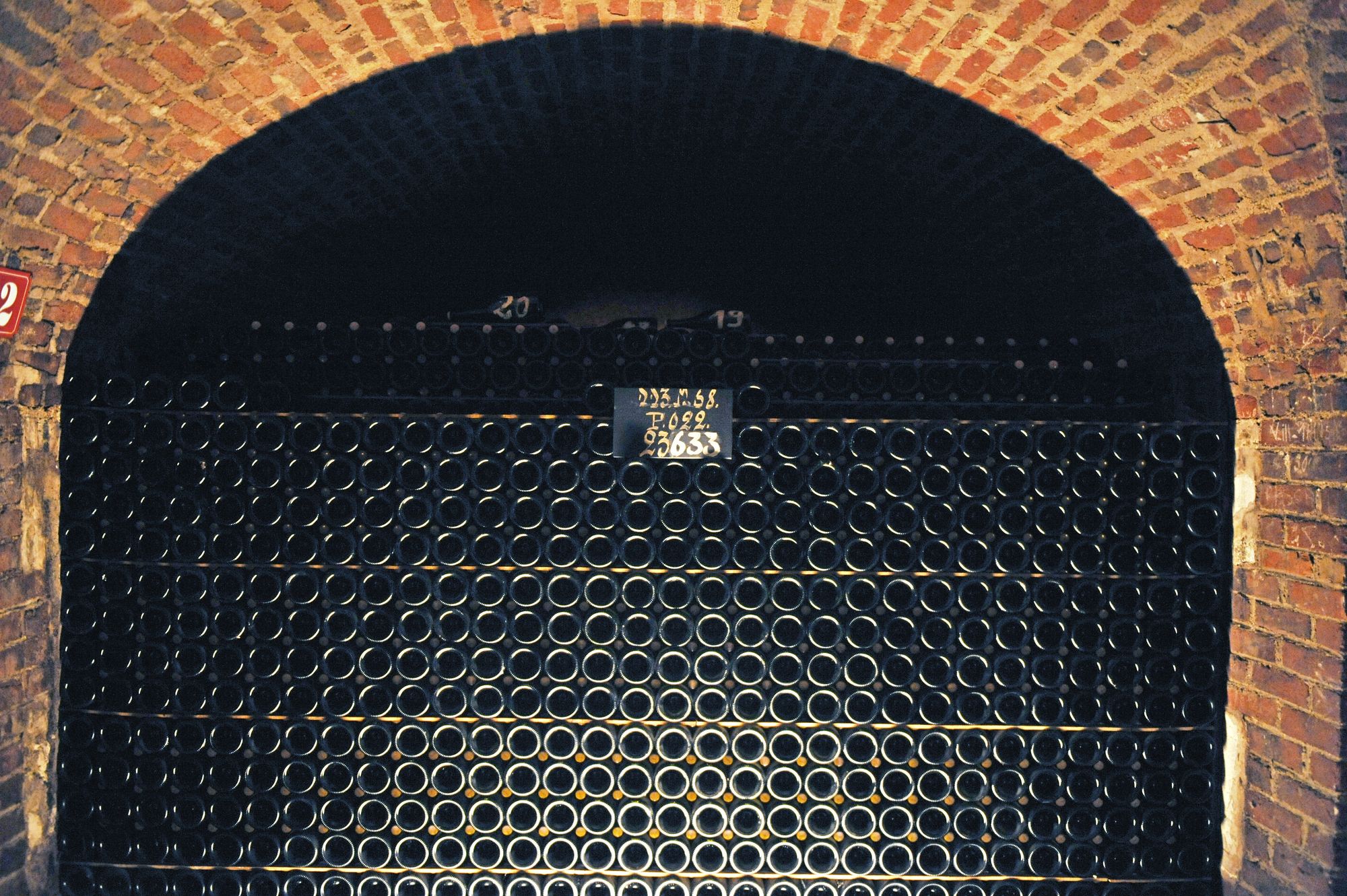
Global demand for Moët & Chandon products is growing due to the increasing purchasing power generated by economic development. But how can the French Champagne region supply the whole world with maintaining product quality? Are there compromises that must be made?
Firstly, it should be made clear that „champagne” is both a designation of origin and a symbol of premium quality. Moët & Chandon owns some of the largest and most diverse vineyards in the Champagne wine region. The Moët & Chandon champagne house was founded in 1743 and celebrates its 280th anniversary next year; no two years have been the same in its long history, but the pursuit of quality is constant and eternal. They have hundreds of years of experience, and they have always been able to manage growing demand with keeping quality at the heart of the business over the past almost three centuries without compromise.
Quality sparkling wine production has emerged in Hungary in the last decade. How much has this changed our consumer habits? Can a premium Hungarian sparkling wine compete with Moët & Chandon champagne?
Premiumization is not a completely new trend in the Hungarian market. Champagne has been consumed in Hungary for centuries. The first official Moët & Chandon consignment arrived in the Kingdom of Hungary in 1815, so I like to say that we are basically observing a two-hundred-year trend of premiumization, with smaller and larger interruptions. However, consumer habits are indeed changing, and the development of the domestic sparkling wine culture is gaining momentum. Nonetheless, we first need to clarify what „quality champagne” means to answer your question precisely. The benchmark is the traditional method (méthode traditionnelle), meaning the champagne is matured in the bottle from which it is poured into our glasses. It is also crucial to remember that only sparkling wines originating and produced in the Champagne wine region of France can be called champagne, so it is a legally protected geographical indication. A distinction should also be made between the non-vintage and vintage categories and the prestige cuvée, which represents the top quality of a Maison. High-quality Hungarian sparkling wine production also has a long tradition, dating back to the 19th century. Quality sparkling wines are produced in Hungary using the traditional method, but champagne is clearly in a category of its own. Hungarian consumers looking for the premium category are also buying more quality Hungarian sparkling wines, and they are understandably looking for the products of houses with a high level of experience and expertise.
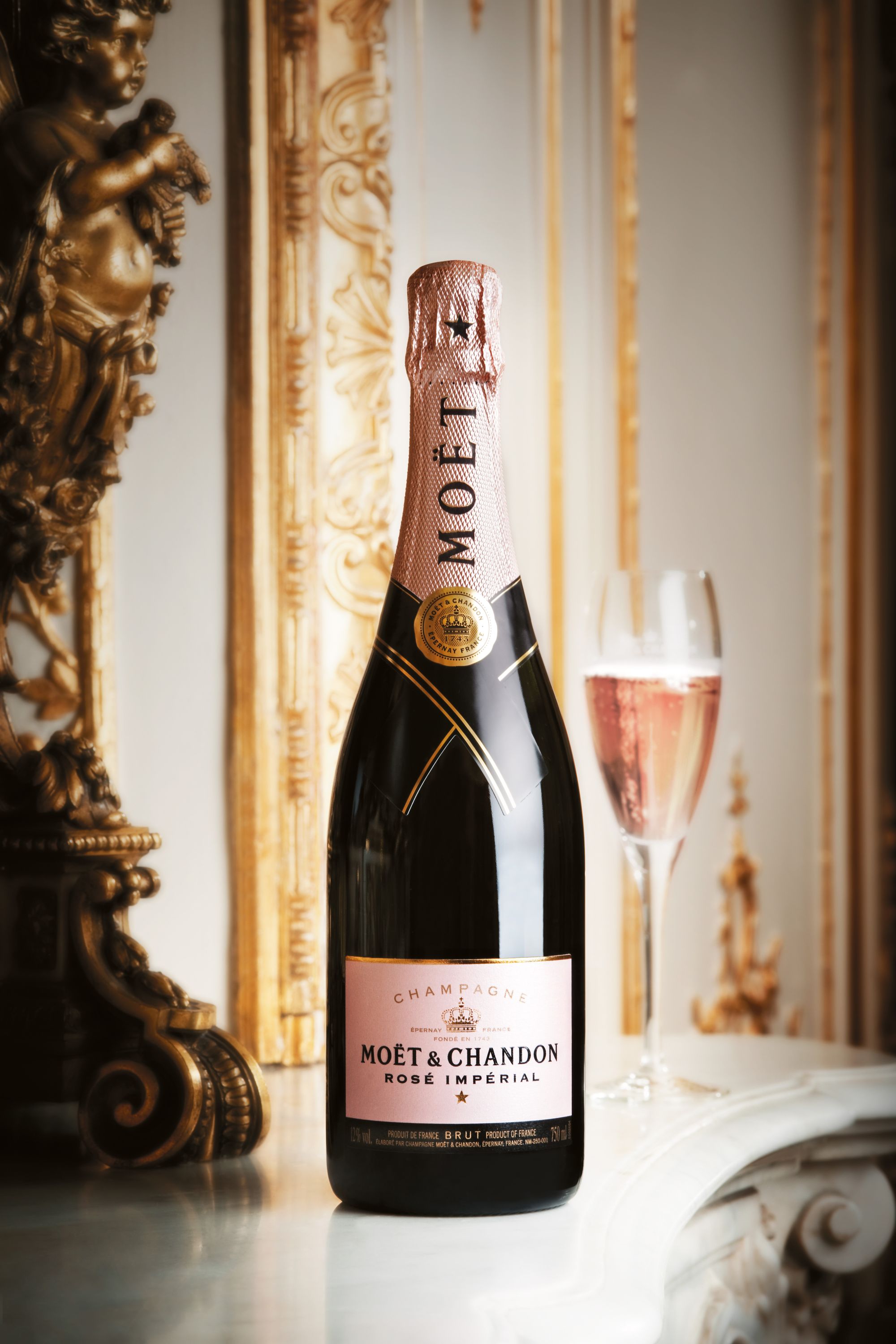
Who chooses Moët & Chandon in Hungary? What characterizes the typical champagne drinker?
In Hungary, the demand is the highest at the end of the year; we can say that the Hungarian consumer has been a typical „end-of-year consumer.” However, I am sure the demand will be more evenly distributed throughout the year as the champagne culture develops. Champagne can be enjoyed at any time of the year. For example, Moët & Chandon Ice Impérial is a refreshing, pleasant summer drink, the first champagne to be served with ice. Our aim is to show Hungarian consumers that champagne is also an excellent choice for any smaller events, like a dinner with family or friends, or it can also be a perfect gift.
What would you recommend for someone who wants to try a more special, premium champagne this holiday season? What are the main factors to consider?
The most important thing is to choose a sparkling wine or champagne that suits your taste. Although the market is shifting towards drier products, there is also a wide range of quality, sweeter champagnes. The first Moët & Chandon product I would recommend is the Brut Imperial, perhaps the most famous champagne, in almost every second, a bottle is opened somewhere in the world. If you prefer an iconic, authentic drink, I recommend the Grand Vintage 2015, a high-quality vintage champagne with a five-year aging period; it is an excellent choice for special occasions. For those who prefer slightly sweeter tastes, Moët & Chandon Nectar Impérial or the aforementioned Ice Impérial may be the best choices for the festive table.
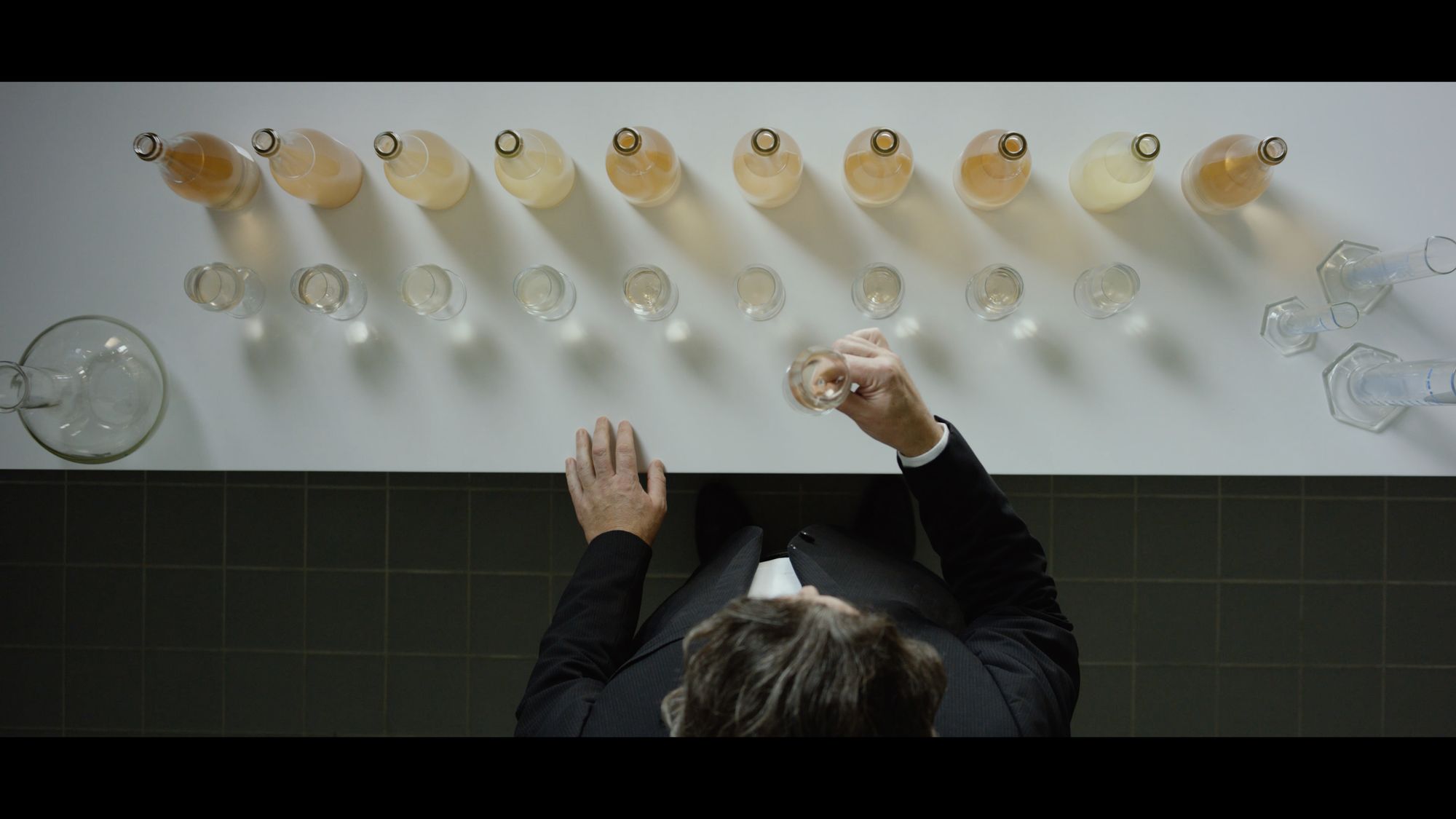
How common is it in the Hungarian market for Moët & Chandon to work with other companies in a brand collaboration?
It does not often happen, but I have always believed that a collaboration between two strong, independent brands from different segments can only result in a win-win situation. As an example, I can mention the collaboration between Moët & Chandon and Sugarbird that started in 2020. Both brands are traditional and innovative at the same time and have a similar approach regarding modern marketing. Moët & Chandon has already had many special events and projects with the Sugarbird team; the best moment of the collaboration happened this December at the special Moët & Chandon Effervescence event when Sugarbird made exclusive pajamas for the Moët Society’s regional influencers. I am confident that we will celebrate even more achievements together in the long term.
Getting back to business: Moët & Chandon is a premium global brand that chooses its partners carefully. How could FBC become the domestic distributor for the entire portfolio of Moët Hennessy?
The Hungarian representation and distribution of the Moët Hennessy portfolio’s brands were first raised in an informal conversation. We then made a professional pitch concerning the domestic market and opportunities and presented detailed, in-depth plans based on our analysis. It was a great honor that Moët Hennessy, a subsidiary of the LVMH Group, the market leader in luxury goods, found our material convincing and considered FBC worthy of long-term cooperation.
FBC won the European Distributor of the Year award at the competition of Moët Hennessy partners in Warsaw this year. What is behind your success?
We consider it a huge achievement that FBC won this award with one of our market entry campaigns. The campaign presented a unique 360° view of the company’s market entry from the consumers’ perspective, covering all consumer channels. The award is excellent feedback that we are on the right track and that our hard work will sooner or later lead to results. It is important to know what „distributor” means in our case to understand the significance of this achievement. FBC is not a wholesaler; our distributor contract gives us a much broader mandate: we work on the brand building and brand management of a heterogeneous portfolio of premium goods. The secret of our success is simple: we constantly monitor the market situation and opportunities, work hard, and maintain good relations with domestic wholesalers. I believe that as a major player in the market, we have a duty to support our partners; being responsible is part of our company’s DNA.

Moët & Chandon has organized its international Effervescence event in Budapest in this year’s festive season. The world’s most famous champagne house hosted international guests and prominent figures of the Hungarian elite in the stunning, freshly renovated Hungarian State Opera House. They also presented a new champagne, the latest vintage of Moët & Chandon.
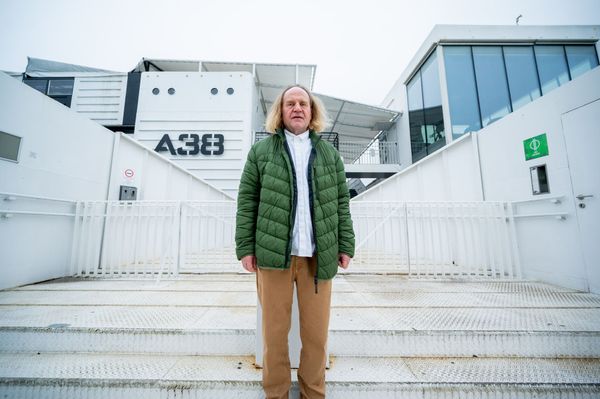
It was a fantastic idea to create a club on the Danube | Interview with László Váncza










